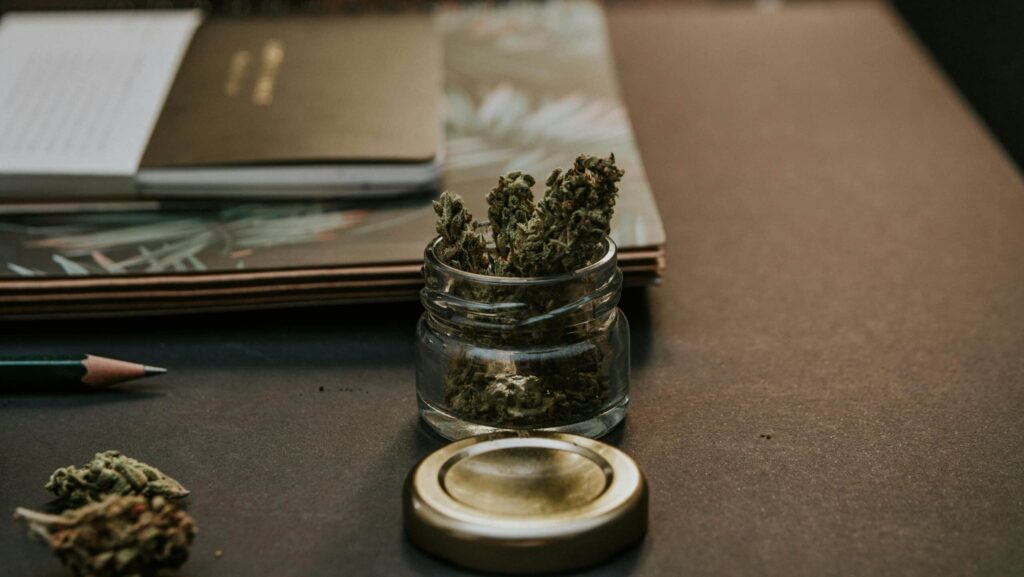In recent years, the popularity of dabbing has risen, creating a new conversation in the world of smoking. Both approaches have unique elements, but they also share similarities. Each method caters to different preferences, offering unique experiences based on how substances are heated, consumed, and enjoyed. This article explores the main differences between dabbing and traditional smoking, helping readers understand which method might suit them best. Individuals can make more informed decisions by understanding each method’s approach, benefits, and possible risks.
Understanding Dabbing and the Role of Dab Rigs
Dabbing is a newer technique that involves vaporizing concentrated extracts or oils, typically using a dab rig. Unlike traditional smoking, which burns herbs or tobacco directly, dabbing heats the concentrate to release vapor. Dab rigs are specifically designed for this purpose, as they withstand higher temperatures and allow for controlled heating.
The primary appeal of dabbing lies in its efficiency. Concentrates used in dabbing are typically more potent than the materials used in traditional smoking, which means users consume smaller amounts. Dabbing also heats the substance without combustion, reducing the inhalation of toxins produced by burning materials. However, while dabbing may be more efficient in delivering active compounds, it requires specific equipment and technique, making it a less straightforward option than traditional smoking.
How Potency Varies Between Dabbing and Traditional Smoking
One key difference between dabbing and traditional smoking is potency. Dabbing uses concentrated extracts that contain a higher level of active compounds. In contrast, traditional smoking generally uses dried herbs, which have a lower potency due to lower concentrations of active compounds.
This increased potency in dabbing results in quicker, more intense effects. For individuals looking for a stronger experience, dabbing may be preferable. However, the intensity might not suit everyone, especially beginners or those sensitive to high doses. Traditional smoking provides a more gradual experience and is often easier to control. It allows for a slower build-up of effects, which some find more enjoyable. Those with lower tolerance levels may prefer traditional smoking to avoid overwhelming effects.
Health Implications of Dabbing vs. Traditional Smoking
Dabbing and traditional smoking differ significantly in their health impacts, largely due to how each method processes the substance. Traditional smoking burns the material, releasing smoke that contains tar, ash, and other toxins that can harm the respiratory system. Long-term exposure to smoke can lead to various health issues, including respiratory problems and, in some cases, chronic bronchitis.
Dabbing, on the other hand, vaporizes the concentrate instead of burning it. This method is considered a “cleaner” option because vapor generally contains fewer toxins than smoke. While dabbing minimizes inhaling combustion-related toxins, it is not entirely risk-free. High-potency extracts can still have adverse effects if used excessively, so moderation is key.
ADVERTISEMENT
Ease of Use: Dabbing vs. Traditional Smoking
When it comes to ease of use, traditional smoking tends to be simpler. Lighting and inhaling from a cigarette, pipe, or rolled product is straightforward and requires no special skills or equipment. Smoking can also be done in a variety of settings without the need for extra tools or preparations.
Dabbing, however, requires specific equipment like a torch and concentrated extracts. Users must understand how to heat the dab rig to the right temperature, as overheating can degrade the quality of the vapor. This learning curve can make dabbing more complicated, especially for beginners. While experienced users may find the setup rewarding, those new to the method may prefer the simplicity of traditional smoking.
Cost Comparison: Which Method Is More Affordable?
When examining the costs associated with dabbing and traditional smoking, it’s essential to consider both initial setup costs and ongoing expenses. Traditional smoking is generally more affordable upfront, as it only requires basic items like herbs, rolling papers, or pipes. While these items must be replaced periodically, the initial investment is low. Over time, however, the cost of constantly purchasing supplies like rolling papers, tobacco, or herbs can add up, creating a steady, ongoing expense.
Dabbing, however, can be costlier due to the need for specialized equipment, which may have a higher price tag than traditional pipes or papers. Concentrated extracts are often more expensive than dried herbs due to their potency and processing. While the high potency may mean less is used each time, the initial cost of setting up for dabbing can be a deterrent for some users.
Environmental Impact of Dabbing and Traditional Smoking
Both dabbing and traditional smoking have unique environmental impacts. Traditional smoking produces ash, cigarette butts, and rolling paper waste, which contribute to environmental pollution. Cigarette filters, particularly, are a major environmental issue as they are non-biodegradable and often end up littering public spaces.
Dabbing is considered less polluting in terms of physical waste, as there are no ashes or cigarette butts. However, producing concentrated extracts can have a significant environmental impact, requiring more raw material and energy. Additionally, some extraction processes use chemicals that may harm the environment if not handled properly. While dabbing may lower direct waste, the overall environmental impact is still noteworthy.
ADVERTISEMENT
Comparing Flavor and Experience
The flavor and experience between dabbing and traditional smoking differ significantly. Traditional smoking often retains the natural flavor of the herb, which many users appreciate. The experience of smoking can also be enjoyable for those who enjoy the ritualistic aspects, like rolling or packing a pipe.
Dabbing, conversely, often produces a purer, more intense flavor due to the concentrate’s potency. The vapor maintains a cleaner taste without combustion, making it a preferred choice for flavor enthusiasts. However, this experience may be too intense for some, especially those who enjoy the subtle flavors of traditional smoking.
The choice between dabbing and traditional smoking comes down to individual preferences, experience levels, and priorities. Understanding these differences allows individuals to choose the method that best aligns with their preferences and lifestyles. By weighing the pros and cons, users can make more informed choices that suit their needs and enjoy a satisfying experience, whichever method they prefer.









